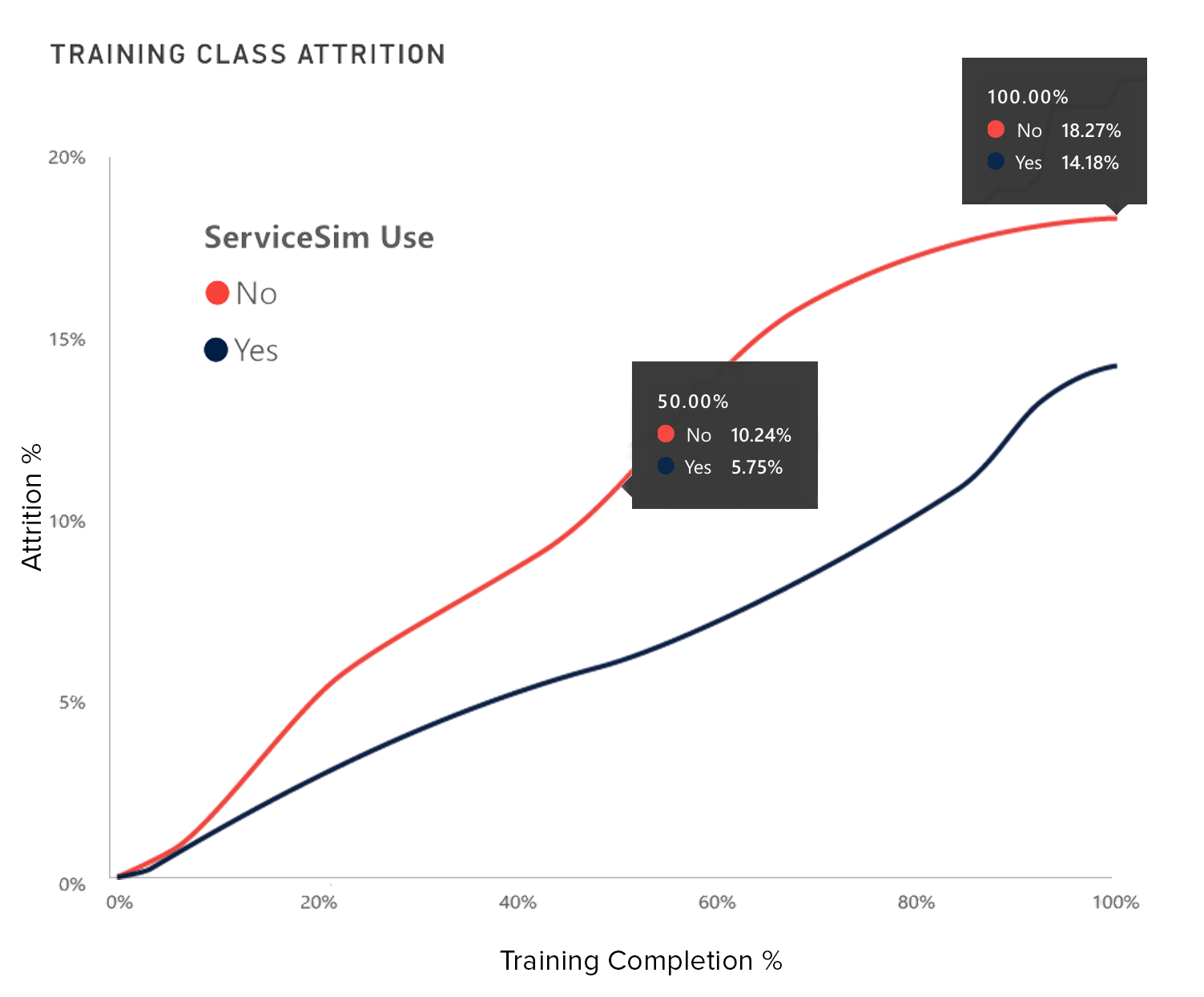Traditional contact center training often focuses on preparing agents for their first day on the job, but what about day 101—or day 1,001? Even the most comprehensive onboarding programs can’t account for the full range of challenges agents will face throughout their careers. Customer needs evolve, processes change, and every agent encounters situations that push their limits.
This is why successful contact centers don’t just train—they cultivate continuous learning. And they do it in a way that fits seamlessly into their agents’ daily workflows. Enter “training on the fly”: a powerful, flexible approach to skill development that keeps agents sharp without interrupting their productivity.
The Case for Microlearning
Microlearning is the foundation of training on the fly. Instead of overwhelming agents with information all at once, microlearning delivers bite-sized, actionable lessons that fit into moments of downtime. Research shows that learning in smaller, focused increments improves both knowledge retention and engagement—perfect for the busy schedules of contact center teams.
Take ServiceSim, for example. It enables agents to practice handling tough customer interactions whenever they have a few minutes to spare. Between calls, during slow shifts, or even at home, agents can fine-tune their skills without the need for scheduled training sessions.
This approach not only enhances individual performance but also keeps the entire team operating at peak efficiency.
See how ServiceSim works in 90 seconds:
How ‘Training on the Fly’ Builds Confidence
Every agent has moments of doubt, whether it’s tackling a particularly complex product issue, de-escalating a frustrated customer, or navigating a new policy. These are the moments when quick, targeted practice can make all the difference.
ServiceSim allows agents to focus on specific scenarios they’ve struggled with or feel uncertain about. By providing realistic simulations of high-pressure calls, agents can practice and improve without the stress of a live interaction. Over time, this builds confidence and empowers agents to handle even the toughest situations with ease.
For trainers, it’s a game-changer. No longer do they have to rely on lengthy, scheduled sessions to ensure skill development. Instead, they can track an agent’s progress in real time, identifying areas of improvement and celebrating achievements—all while knowing their team is constantly growing, even during downtime.
Getting It Right: Tips for Effective On-the-Fly Training
While the concept of training on the fly sounds simple, its implementation requires careful planning. Here are four tips for making it work:
- Identify Key Challenges: Understand the common scenarios where agents falter—whether it’s handling irate customers, explaining complex policies, or closing a sale—and build training modules around those moments.
- Leverage Realistic Simulations: Tools like ServiceSim provide agents with a safe, controlled environment to practice high-stakes interactions. The more realistic the scenario, the more effective the training.
- Encourage Self-Directed Learning: Empower agents to take charge of their development. By giving them the freedom to use tools like ServiceSim during downtime, you foster a culture of continuous improvement.
- Provide Instant Feedback: Immediate feedback helps agents correct mistakes and internalize best practices more effectively than delayed reviews.
When executed thoughtfully, on-the-fly training transforms everyday moments into powerful learning opportunities.
Training doesn’t stop once an agent is fully onboarded—it’s a continuous journey. By embracing on-the-fly training powered by tools like ServiceSim, contact centers can ensure their agents are always growing, improving, and ready to tackle whatever comes their way.
Whether it’s filling downtime between calls, building confidence in challenging scenarios, or keeping skills sharp over time, ServiceSim makes it easy for agents to take ownership of their success. For trainers, it’s the peace of mind that comes with knowing their team is always prepared, even in the face of change.
In the end, a well-trained team isn’t just a nice-to-have—it’s a competitive advantage. And with training on the fly, your contact center can make that advantage a reality.
SUBSCRIBE FOR EMAIL UPDATES

